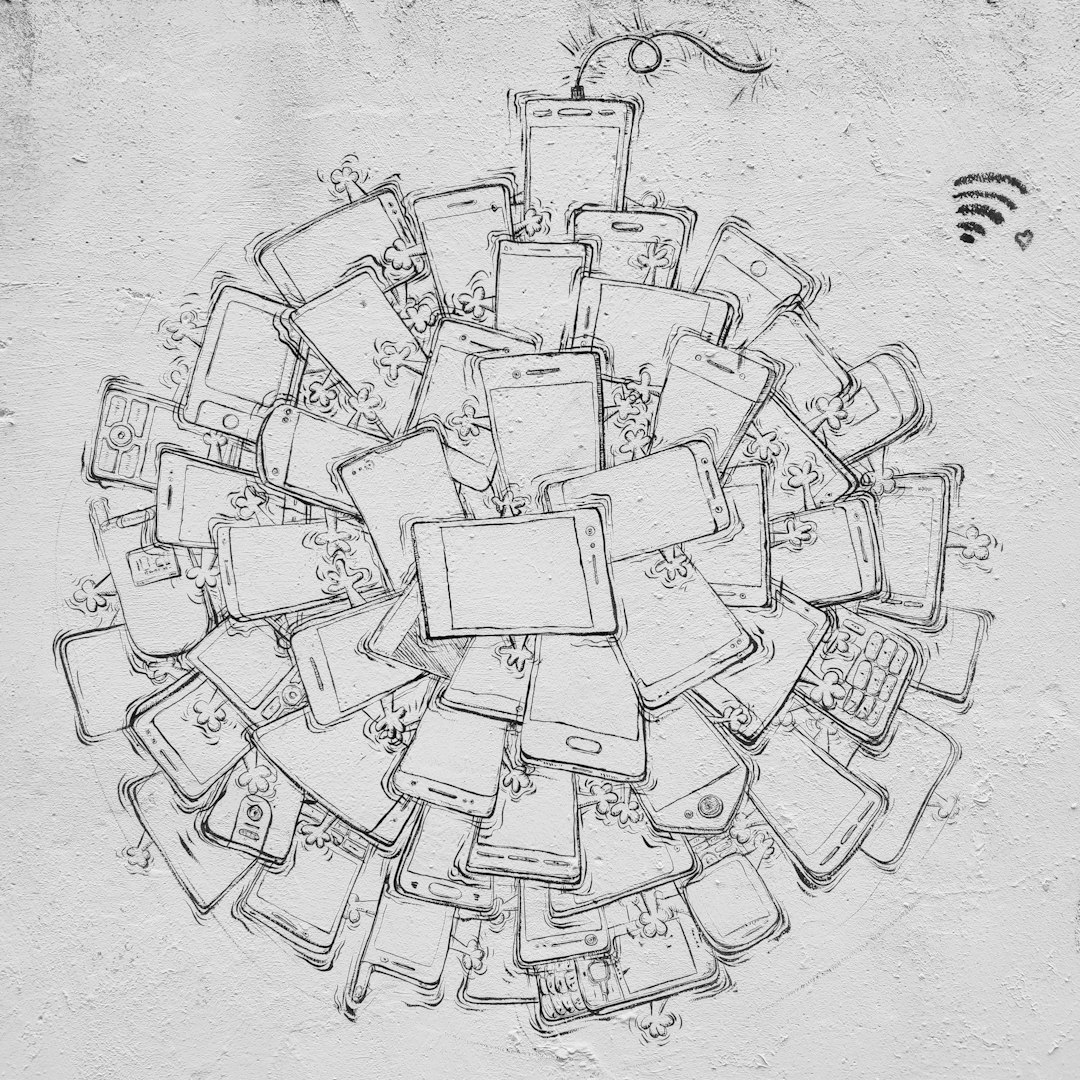Launched over two decades ago with Windows XP, Internet Connection Sharing (ICS) was once a popular method for small home or office setups to share a single internet connection across multiple devices. The basic idea was simple: connect one computer (the host) to the internet, and allow other devices to access the internet through it via LAN connections. But now that we’re in 2025, is XP’s ICS feature still relevant or even usable in today’s highly evolved networking landscape?
The Role ICS Played in Early Home Networking
Back in the early 2000s, routers weren’t as affordable or ubiquitous as they are today. ICS gave users the ability to set up a rudimentary network using nothing more than a couple of Ethernet cables and a fairly simple Windows interface. For many, this was their first experience of turning a PC into a network gateway.
ICS enabled features such as:
- Network Address Translation (NAT)
- Basic firewall rules through Windows Firewall
- Routing of web traffic between LAN devices
This proved indispensable in households where high-speed broadband was new and connecting multiple devices was a novel concept. However, the context in which ICS was useful has changed dramatically.
Limitations of XP’s ICS in Today’s Context
Windows XP itself has been out of official support since 2014. Using it in 2025 brings considerable drawbacks:
- Security Risks: XP lacks updates, making it vulnerable to exploits.
- Limited Compatibility: Many modern peripherals and software do not support XP anymore.
- Incapable of Handling Modern Bandwidth Loads: ICS was designed with dial-up or early broadband speeds in mind.
Furthermore, today’s networks require features like Quality of Service (QoS), VPN passthrough, and Dual-Band Wi-Fi support, which are well beyond what ICS was ever designed to handle.

Why Some Still Use It
Despite its age and limitations, ICS hasn’t disappeared entirely. There are a few niche scenarios where people still turn to it:
- Educational Purposes: Some instructors use ICS to demonstrate basics of TCP/IP networking to students.
- Offline Local Networking: ICS allows network communication between devices without relying on external routers or switches.
- Legacy Systems: Environments with older machines where investing in new hardware isn’t cost-effective.
However, these use cases are specific and far from mainstream. For most users, modern alternatives offer superior performance and convenience.
Modern Alternatives to ICS
Today, sharing an internet connection is easier than ever thanks to advancements in hardware and software. Here are a few modern options:
- Wi-Fi Routers: Affordable, secure, and capable of managing dozens of devices.
- Mobile Hotspots: Many smartphones offer built-in tethering and hotspot features.
- Network Bridges and Extenders: Help expand network coverage without relying on outdated systems.
Additionally, operating systems like Windows 11 and macOS offer more streamlined and secure ways to share internet connections without needing the cumbersome setup processes of ICS.

The Verdict: Time to Let Go
Although XP’s ICS feature had its moment of glory, continuing to use it in 2025 is impractical and potentially dangerous. The technology world has moved on, offering more robust, secure, and accessible ways to connect and manage devices.
If you’re still clinging to XP for ICS, it might be time to consider upgrading — not just for the benefits of better connectivity, but for security and compatibility as well. With modern devices and fewer barriers to network setups, the spirit of ICS lives on, but its original form is best left as a chapter in computing history.
In conclusion, XP’s ICS served a vital function at a time when options were limited. But in today’s rich ecosystem of networking tools, it stands largely as a relic — an important milestone, but no longer a relevant solution for modern users.



Leave a Reply